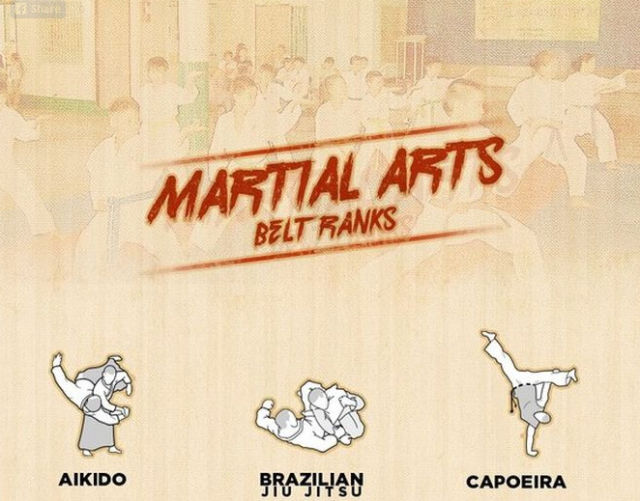Unraveling The Mystery Of Several Fighting Style Self-Controls: An Overview To Karate, Taekwondo, And A Lot More
Unraveling The Mystery Of Several Fighting Style Self-Controls: An Overview To Karate, Taekwondo, And A Lot More
Blog Article
Content By-Osman Weiner
Are you tired of feeling overwhelmed by the huge world of martial arts? With numerous styles to select from, it can be easy to get shed in a sea of punches, kicks, and mystical names. Yet fear not!
This discussion will debunk the different fighting styles designs, taking you on a trip from the effective strikes of Karate to the vibrant kicks of Taekwondo. Get ready to reveal the beginnings, strategies, and viewpoints behind these old art forms.
So, tighten your belt and prepare to start an informing expedition into the fascinating globe of fighting styles.
Origins of Martial Arts Styles
The beginnings of martial arts styles can be traced back to old people and their demand for self-defense and battle techniques. Throughout history, various societies developed their very own one-of-a-kind methods of fighting, each with its very own set of methods and philosophies.
In China, as an example, martial arts styles such as Kung Fu and Tai Chi were established as a way of self-defense and boosting physical and psychological health.
In Japan, the samurai warriors produced designs like Martial arts and Judo, focusing on technique, accuracy, and mastery of the body.
Similarly, in Korea, Taekwondo emerged as a fighting style highlighting high kicks, rapid motions, and mental stamina.
These very early people laid the foundation for the varied variety of fighting styles styles that exist today, each with its own abundant background and cultural importance.
Methods and Training Techniques
To understand martial arts styles, experts must discover different strategies and training approaches.
Strategies are the particular movements and activities utilized in battle, such as strikes, kicks, tosses, and blocks. Different martial arts styles have their very own unique set of techniques that specialists need to understand with strenuous training.
Training methods differ depending on the style, yet they typically entail a combination of physical conditioning, drills, competing, and types.
Physical fitness is critical to construct toughness, adaptability, and endurance. Drills help experts improve their strategies and boost their rate and precision.
Competing allows professionals to practice their methods in a controlled, realistic setting. https://form-focused-martial-arts78776.theisblog.com/33437922/powerful-protection-methods-through-martial-arts-training , likewise called kata, are prearranged series of activities that aid professionals create muscle mass memory and focus.
Philosophies and Principles
Discovering the philosophies and principles of martial arts designs can provide you with a much deeper understanding of your picked self-control. will martial arts make you smarter fighting style has its very own one-of-a-kind approach and collection of leading concepts that form the method it's exercised.
As an example, Karate emphasizes self-control, regard, and self-constraint. It teaches experts to concentrate their minds and bodies, allowing them to safeguard themselves while maintaining a feeling of internal peace.
On the other hand, Taekwondo puts a strong focus on rate, agility, and versatility. Its concepts are rooted in the tenets of politeness, integrity, determination, self-constraint, and unbeatable spirit.
Final thought
Since you've checked out the beginnings, methods, and viewpoints of different fighting styles styles, you have a much deeper understanding of these ancient self-controls.
Think of a young karate pupil, experimenting steady determination and focus, breaking through boards with an effective punch.
Their trip showcases the commitment and stamina called for to understand a fighting style, reminding us that with discipline and perseverance, anything is possible.
